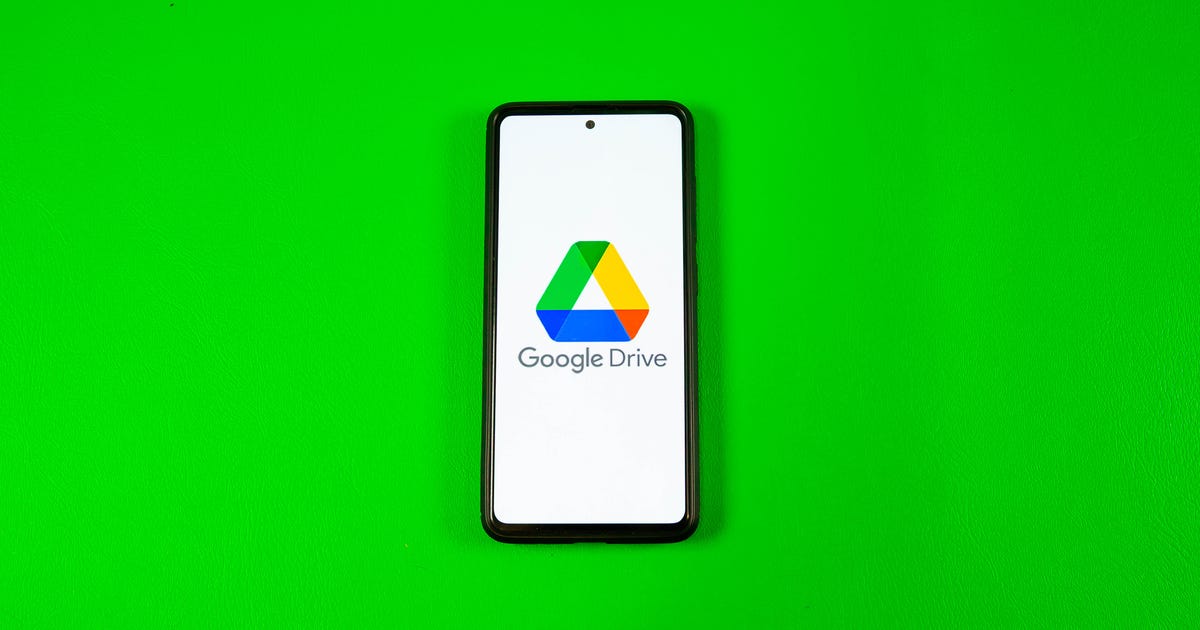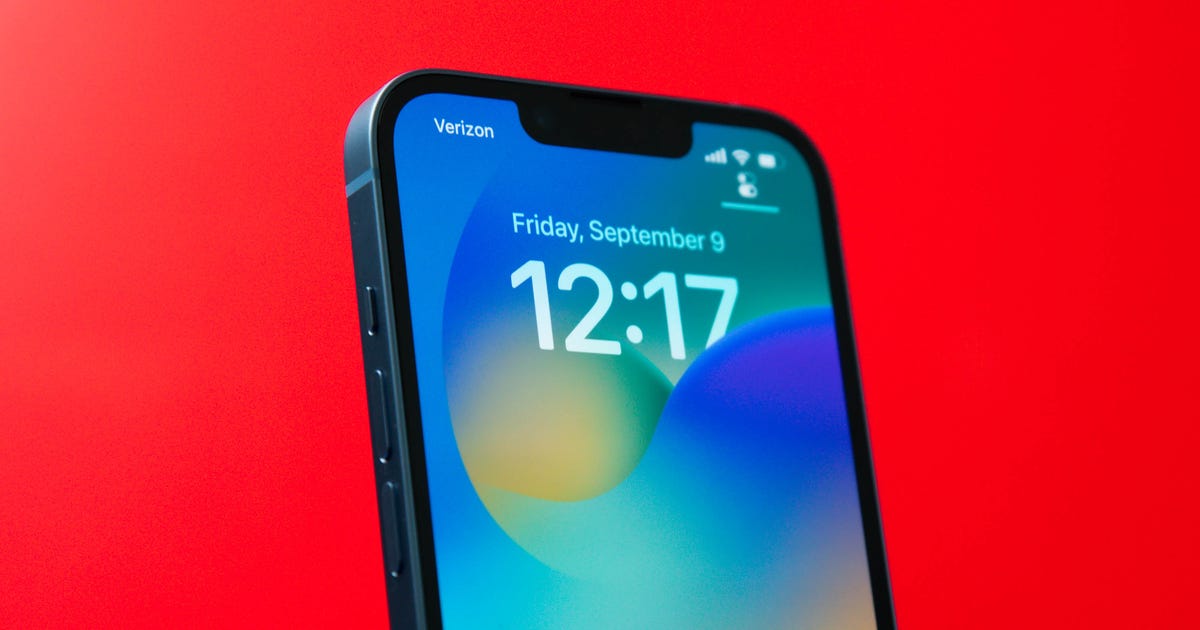
The Grid
It’s time to reclaim your corner of the Internet.
So believe those behind The Grid, a startup that launched Wednesday with a service designed to generate slick and easily updated sites out of the text and photos customers upload. Customers start by picking preferred layouts, along with priorities such as social engagement or e-commerce, then The Grid handles things like color schemes, fonts, image and text placement and intelligently cropping photos for use on small-screen devices.
Running your own site may sound like a relic from the early days of the Web. Back then, Internet service providers tried to attract customers by offering to host their home pages, and Yahoo bought the GeoCities home-page service for $4.5 billion. But the early thrill of HTML programming faded; Yahoo shut down GeoCities, and more than a billion people have turned to Facebook to express themselves online.
The Grid, which costs $96 per year for an introductory period, is aimed at those who need their own presence on the Internet, not a profile page on somebody else’s service, said Dan Tocchini, vice president of business development.
“As soon as you move from something casual to business, you have to do something other than Facebook,” Tocchini said.
If he succeeds, his company could help keep the Web relevant for those who don’t have a budget to hire programmers and designers. The Web is hardly fading from relevance, but it’s got to compete for attention with the mobile apps that are drawing programmer excitement and with “walled gardens” like Google+, Twitter and Facebook where people’s content serves another company’s agenda. It’s a trend that worries Web-centric outfits like Mozilla, developer of the Firefox browser.


The Grid
“We consider Web literacy a critical skill just like reading, writing and math,” Mozilla says of its WebMaker effort to help people build sites. “After all, it’s only when we understand the building blocks of the Web that we can have a hand in shaping its future.”
The automated Web
The Grid is building an automated approach that doesn’t require that deeper understanding.
Customers can build and update sites from smartphones, tablets or PCs. They pick primary and secondary priorities — sales; social follows; music or video plays; crowdfunding; and sign-ups, for example — then pick a theme, called a “filter,” that governs styling. After that, they upload material, and The Grid arranges it.
“It adapts to your content,” Tocchini said. “If you have just one video or just one image, it’s gonna pop and make it really big. If you add multiple elements, it’ll create rhythms [like] left-right-left-right. There’s this idea of polyrhythms — it’s what custom designers naturally do.” Customers also can star specific items that will get top billing on the site. The Grid also analyzes photo colors and picks backgrounds and text colors that will stand out but also match.
The company has 17 employees, among them Brian Axe, the former director of Google’s AdSense service, and Leigh Taylor, the first designer at online publishing site Medium. Funding is from Greg Badros, Facebook’s former vice president of product, and Nick Roach, founder of the Elegant Themes site that sells packages to spruce up WordPress sites.
Aimed at enthusiasts
The Grid is designed for anyone, the initial customers likely will be “the passionate entrepreneur,” Tocchini said.
After the $96 annual price finishes, The Grid’s cost will increase to $299 per year. The pricing includes website hosting.
Tocchini said the company is considering a free tier later, though not committing to it.
The Grid isn’t alone, of course. Perhaps its top competitor is WordPress, but The Grid argues its own approach makes sites easier to set up and continue using. Others in the DIY website market include SquareSpace, Wix and Weebly, and there are degrees of customization available through services including TypePad, Yahoo’s Tumblr and Google’s Blogger. And for those selling stuff, there are plenty of other options, too, like SmugMug and PhotoShelter for photography, where people can give a custom look.
Tocchini wants people to leave the walled gardens and build a site of their own, but the process has been too expensive or complicated, he argues. That’s been bad for the Web itself.
“The website is in a precarious position,” Tocchini said. “There have been so many solutions, but the current situation is the result of the lack of good solutions.”




